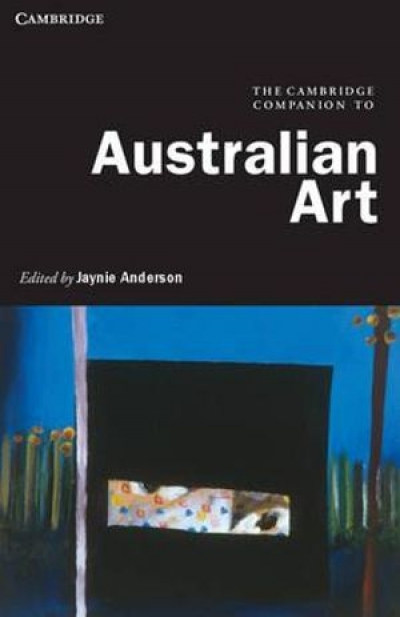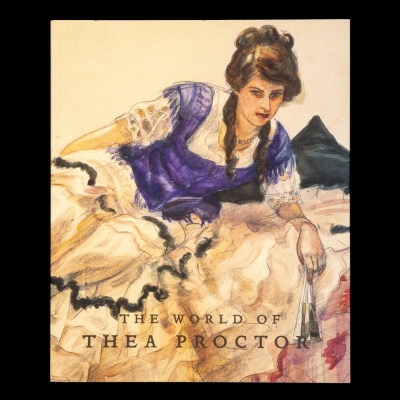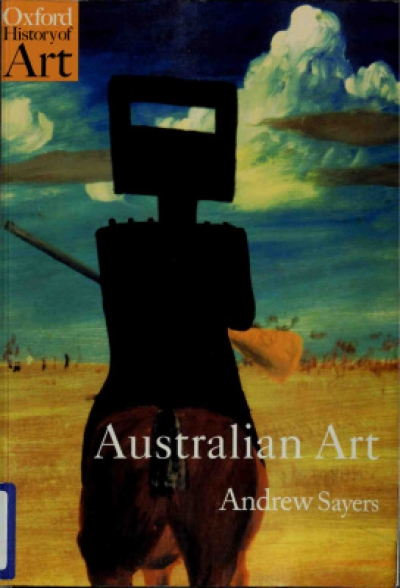Andrew Sayers
Many good books are published about Australian art, but few change the way we see and understand it. When Andrew Sayers’ Aboriginal Artists of the Nineteenth Century appeared in August 1994, it immediately did that, as the critic Bruce James was quick to recognise
The Cambridge Companion to Australian Art edited by Jaynie Anderson
by Andrew Sayers •
The World of Thea Proctor by Barry Humphries, Andrew Sayers, and Sarah Engledow
by Caroline Jordan •



